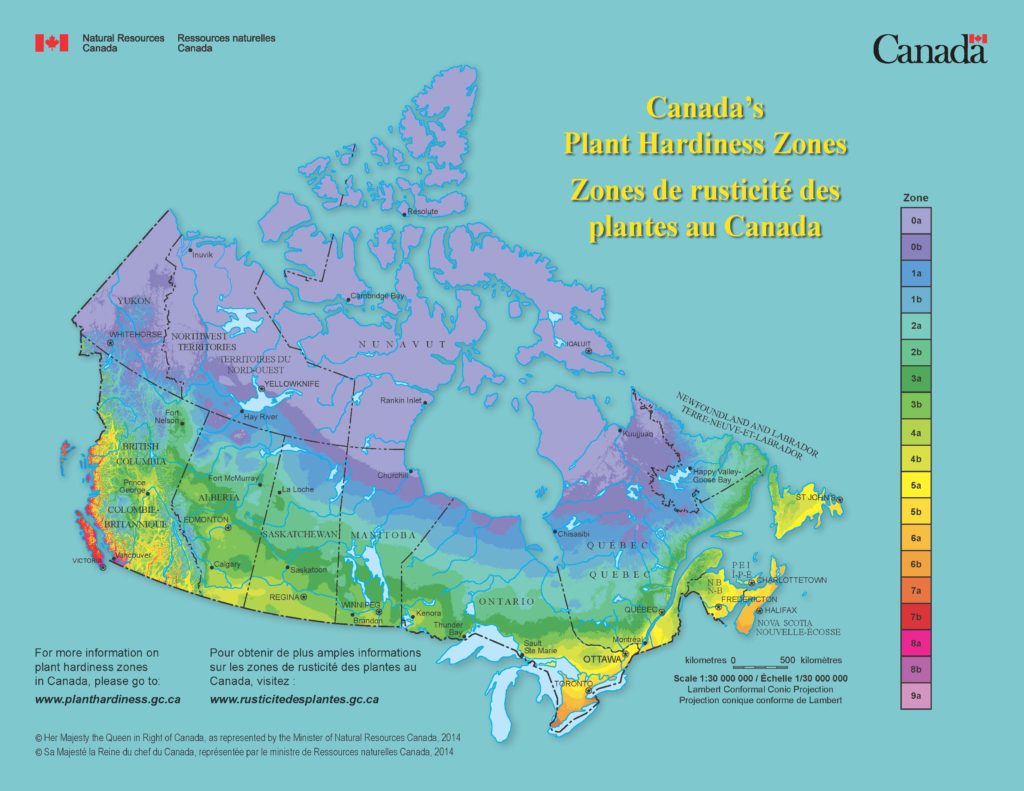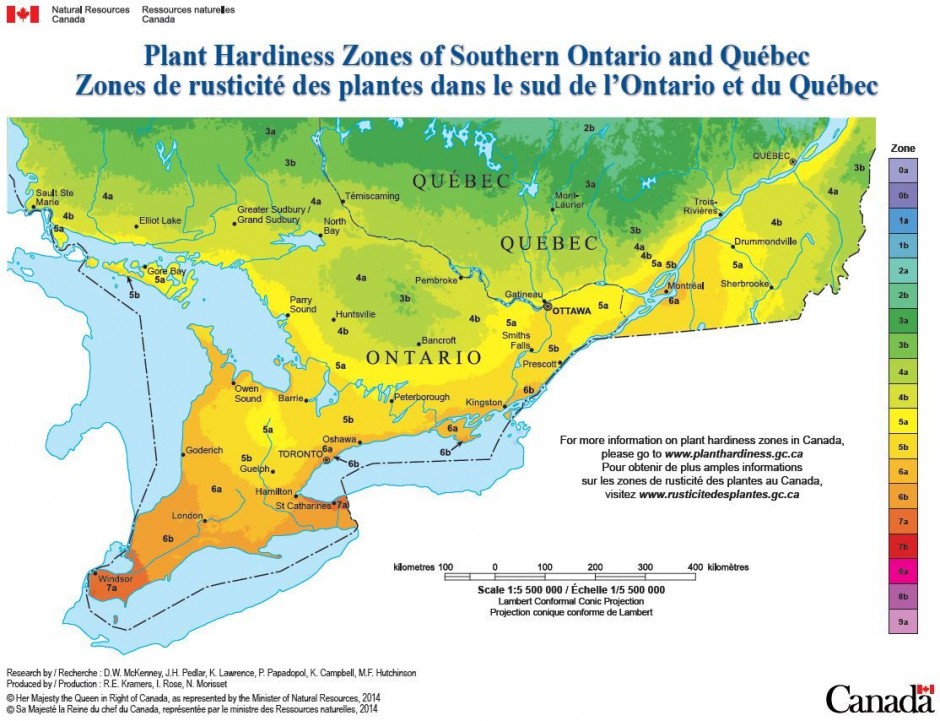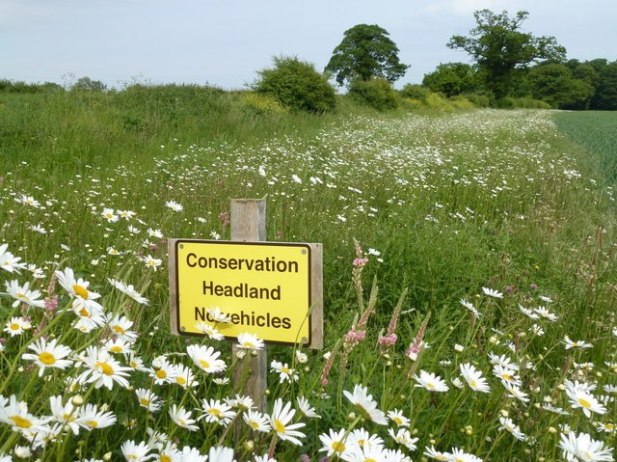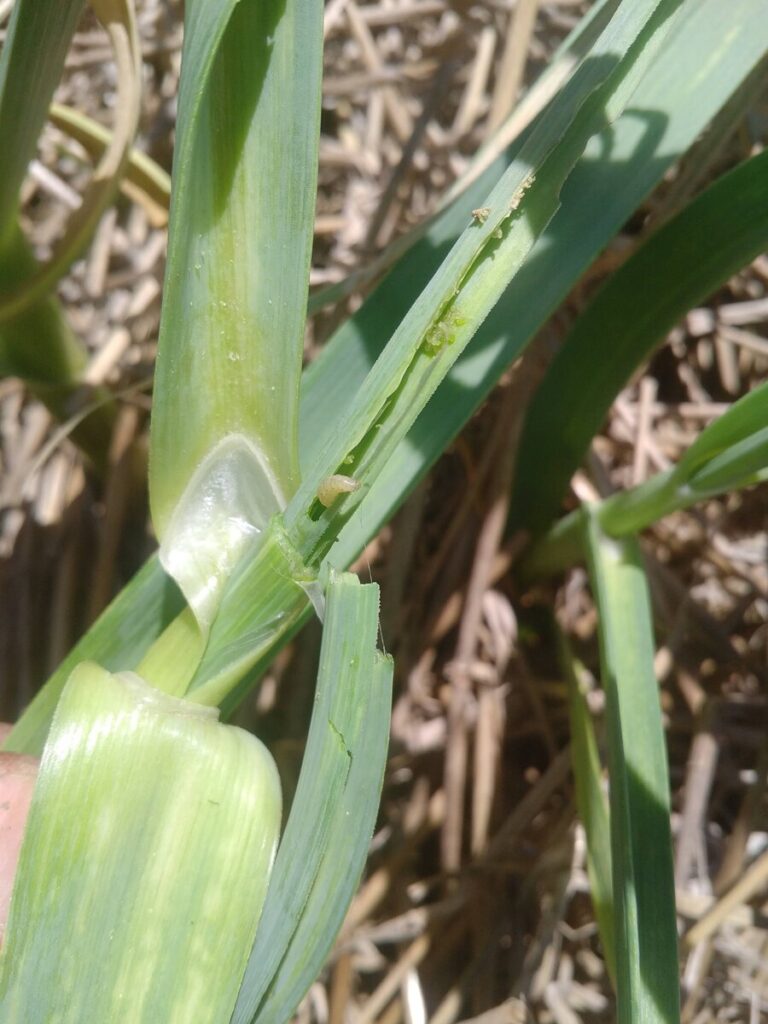
Why care about Hardiness zones?
Knowing the hardiness zone for your area is essential to planning your garden and choosing the appropriate plants. Buying plants that aren’t hardy for your area is a costly mistake. You just need to know your zone and choose appropriately.
Gardening is the fastest-growing leisure activity in North America. Every year both young and old discover it. The joys and rewards of gardening include the practical, such as growing herbs and vegetables for consumption, to the exotic, such as breeding orchids or cultivating special hybrid roses. Gardening can be fulfilling both spiritually and physically.
Choosing plants for our landscape and gardens can sometimes be as challenging as growing them. All plants have specific climatic and care considerations. For instance, one of my favourite herbs is rosmarinus or rosemary. It is native to the warm coastal areas of the Mediterranean and therefore considered semi-tropical.
I live near London, ON, in Hardiness Zone 6b and the only way I can grow rosemary is in a pot. I put it outside during the summer but I have to bring it in at the first signs of a frost in the fall. However, in southern Arizona (Zone 9 & 10+) rosemary grows profusely in gardens and landscapes.
What is a Hardiness Zone?
A hardiness zone is where types of trees, shrubs, and flowers will most likely survive and is a specific geographical area with its own set of environmental conditions. These zones are based on the average climatic conditions of that area. A hardiness zone map is a graphic representation of a number of zones. These maps are usually found in the front pages of gardening books, seed catalogs and can be obtained on the internet from our Canadian department of agriculture.
Canadian Plant Hardiness Zones – this site has more than just maps. Here are links you can explore:
- Plant Hardiness Zone Maps
- Species-specific Models and Maps
- Plants in My Area
- Enter data for Plants in My Area
Both Canada and the United States have their own hardiness zone maps, which unfortunately are slightly different. Canadian Hardiness Zones use more recent climatic data and modern mapping techniques. The current hardiness zones are determined by a number of factors; the winter and summer coldest and warmest temperatures, the length of the growing season (frost-free period), the summer rainfall, and the wind and snow cover for the winter season. The harshest zone (0) is the Arctic and northern part of Canada and the mildest is on Vancouver Island with their almost tropical Zones 8 & 9.
American Growing Zones are based strictly on temperatures. As a general guide, add one number to the American zone to get the Canadian equivalent.

Microclimates
When planning a garden we also consider microclimates. This is an area where the influence of such factors as south-facing slope, adjacence to concrete patios or brick walls, protection from winds, even a nearby pond can give a defined area a hardiness rating 1 or even 2 points higher than the surrounding area.
Knowing and understanding hardiness zones is important. This information will come in handy when you are purchasing new perennials or shrubbery and will take some of the guesswork out of your plant choices. Gardening is an endless trial and error process but knowing your zone will help ensure your purchases have a better chance of success.





About The Author: Nancy Abra
The family kitchen garden has always been a big part of my life from the early days growing up on a farm to current days gardening near Thorndale, Ontario.
I have honed my gardening knowledge with various courses including a certificate in Horticulture from the University of Guelph, ongoing training with the London Middlesex Master Gardeners, active membership with the local Horticultural Society and as a volunteer gardener at Fanshawe Pioneer Village, It has always been important to me to feed my family from the best of my garden or from locally grown produce. For almost 50 years of preserving, canning, pickling, and using heirloom recipes including some of my own creations, I have developed tasty preserves for my family and friends which I market locally with the brand name "From My Garden".
More posts by Nancy Abra